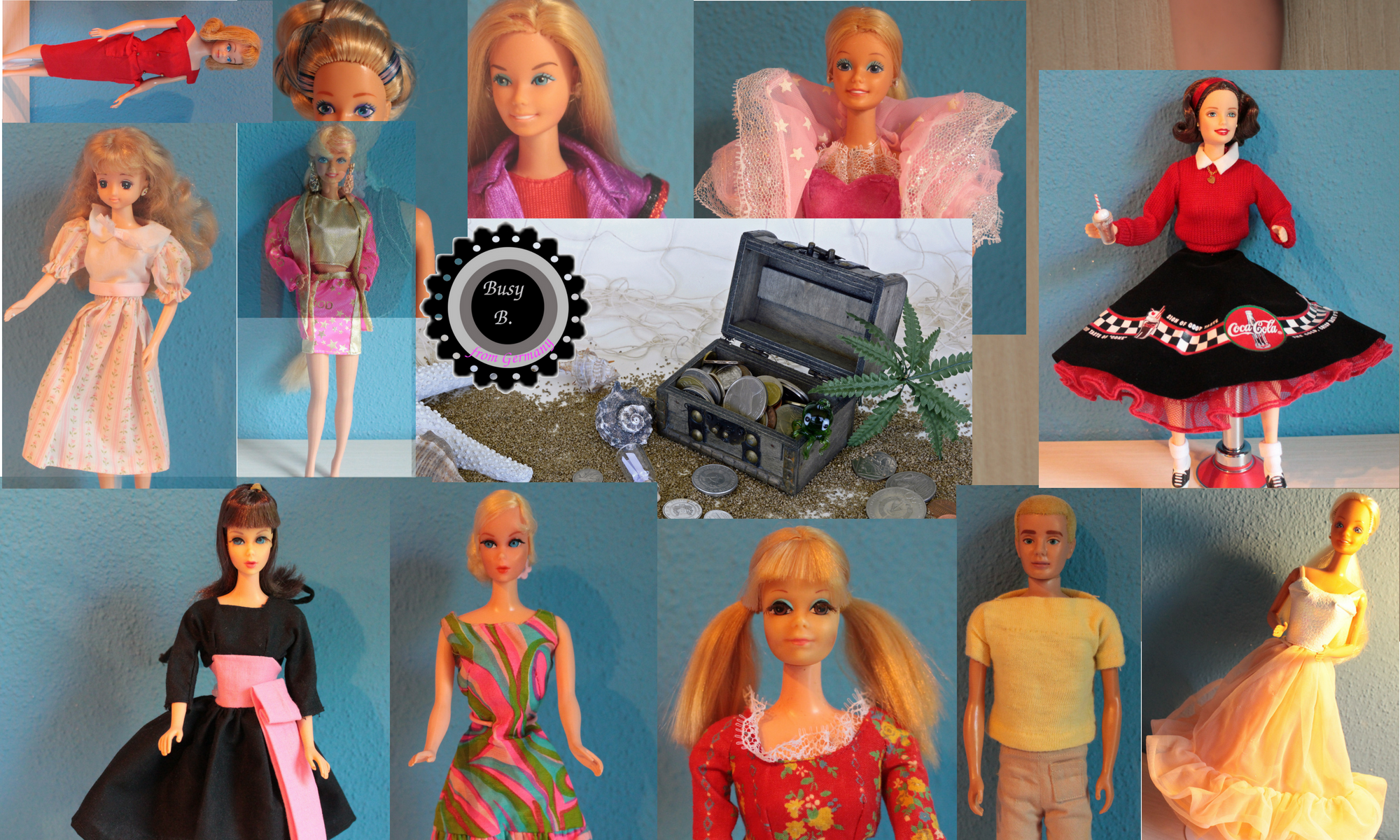When you grew up in the 90s you know what I’m talking about. If not let me tell you that crimped hair were wide spread in the 1990s not just for dolls. Especially in the early 90s this was a big thing. Even my cousin had a crimping iron. I did not know about this whole trend until she explained her crimping iron to me in 1995 or 1996. I know this is rather late for crimping irons but they still exist. You can still buy them today but the trend as big as it was in the 1990s disappeared somehow. Mainly due to fashion reasons I think.
Maybe they come back in some years like many trends come back every 20 or so years. I’m showing you a pic of what I’m talking about.
Anyway Mattel used this unique hair technique to make the Barbie dolls look like they were very hot, cool, stylish, trendy. In my childhood almost all of the Barbie dolls I knew had these waves. In my world these waves had no names. One could not imagine that it might change one day with the waves. I know this sounds crazy especially when you came to Barbie later or earlier but in the 90s these crimp waves were huge. However with in the almost 3 decades that passed by since these crazy crimp waves appeared for the first time. Many dolls have somehow lost their waves. My Totally Hair Barbie suffered under this problem almost from the beginning. I think she lost her waves after being braided with a normal 3 stand braid for a longer time period. So this phenomenon is not new to me but I search for ways how to restore these waves and try to make them look like they were freshly deboxed. This is not always easy because most of the time they are missing a lot of hair in their ends due to the fact that the hair fibre used mainly is Kanekalon hair. Some rare dolls also had Saran hair and their hair stayed intact. You can see this when you search for Hollywood Hair Barbie and compare the offer with Totally Hair Barbie dolls on ebay. Hollywood Hair Barbie never had this problem. The reason is the fiber. I never understood it as a child. That’s something I learned along my way as a collector.
In the 1990s we find mainly Kanekalon hair. It’s the cheapest kind of hair that can be mass produced. Maybe that’s the reason why a lot of these 90s Barbie dolls had a huge amount of hair at first? After the first tangles they had less and less hair. That’s also the reason why the ends of the Totally Hair Barbie/ Ultra Hair Barbie can often be found with very thin ends. Tangles – the dead of every Barbie doll with Kanekalon hair. If you compare this fibre with earlier Barbie dolls from the 1960s, 1970s or 1980s the 90s is the first decade where the problem of general Barbie doll hair loss appears.
Now let’s turn back to the main problem with the waves. Kanekalon as a fibre is easy to work with. You can bring the hair in any form you want and you can curl the hair with every curler or curling iron you have. The art here is to find a way that your doll hair keeps this position permanently and here my job starts. I try to show you easy to follow ways to get your doll to a shape as good as new. This is not always easy and a lot of testing is necessary for good results but you get them as soon as they are available. If you have ever tried to re-crimp Totally Hair Barbie or Ultra Hair Barbie successful let me know your recipe.
